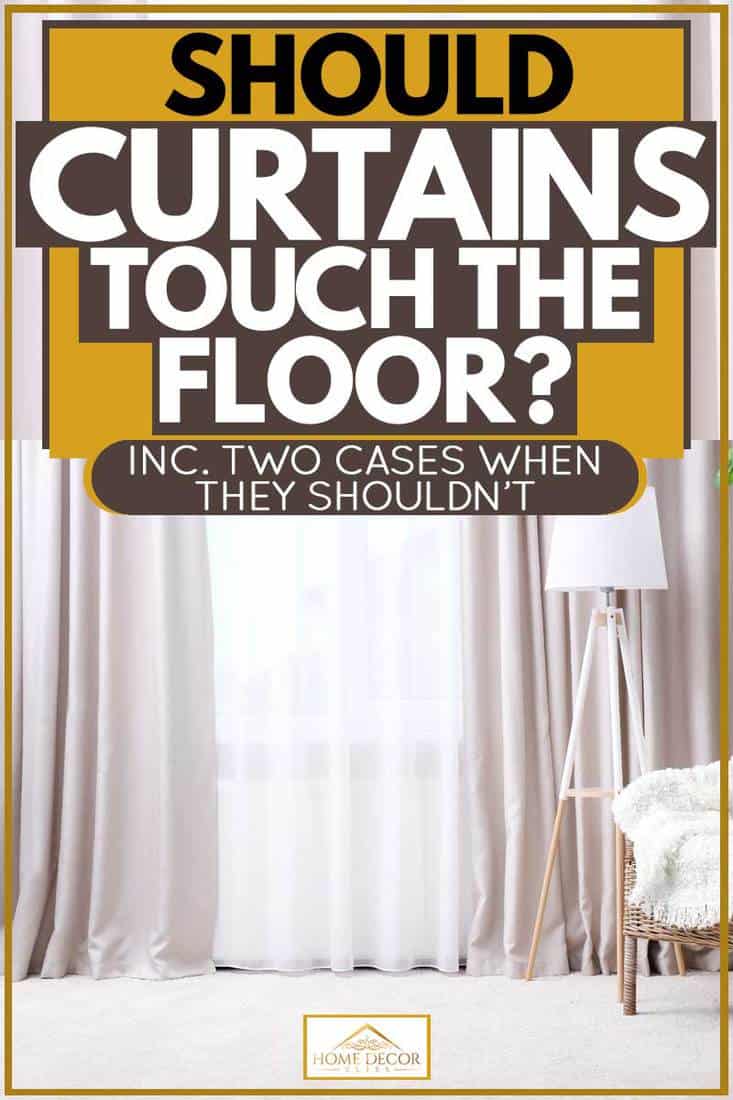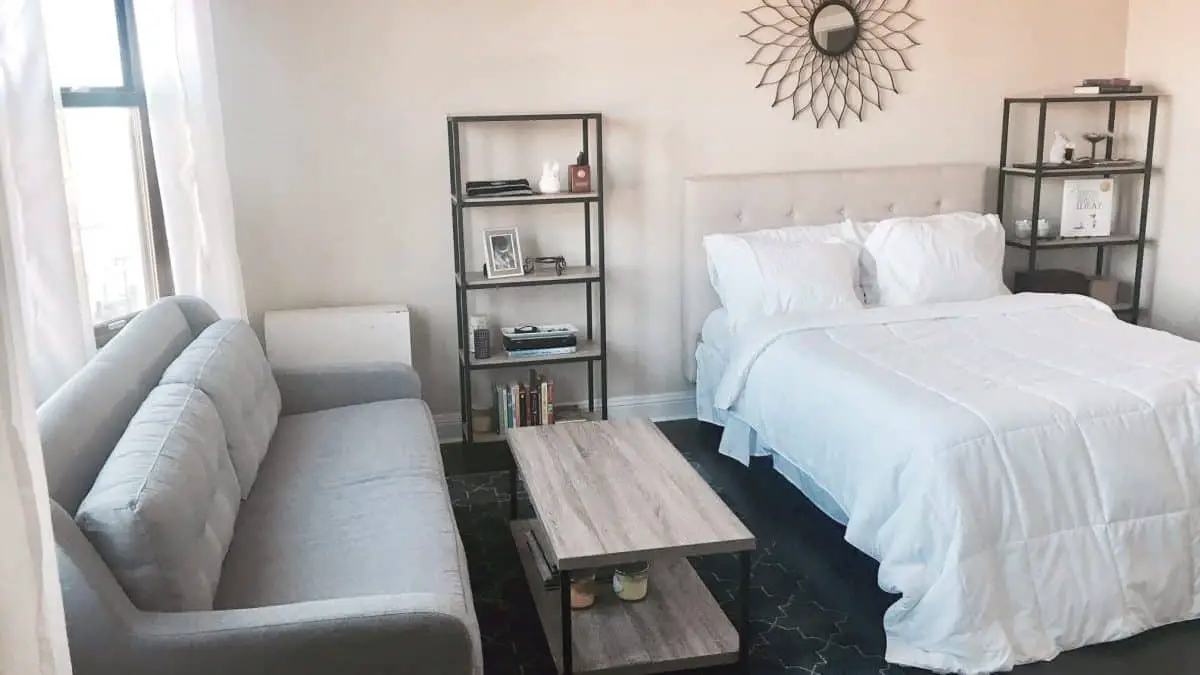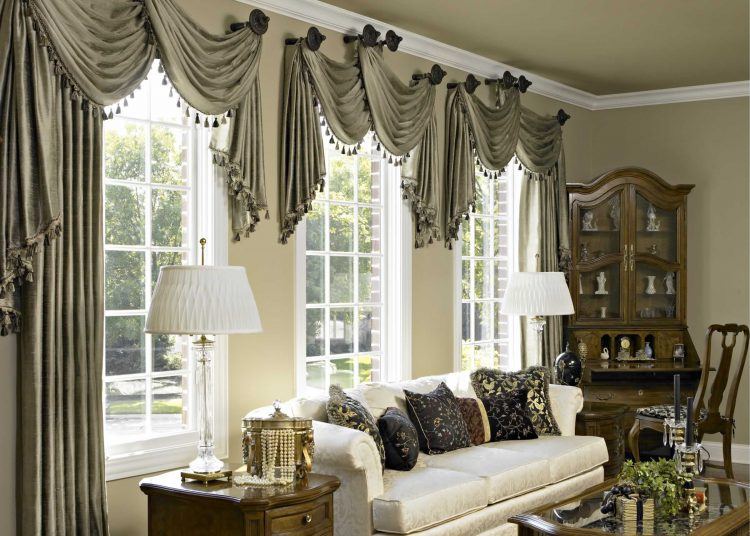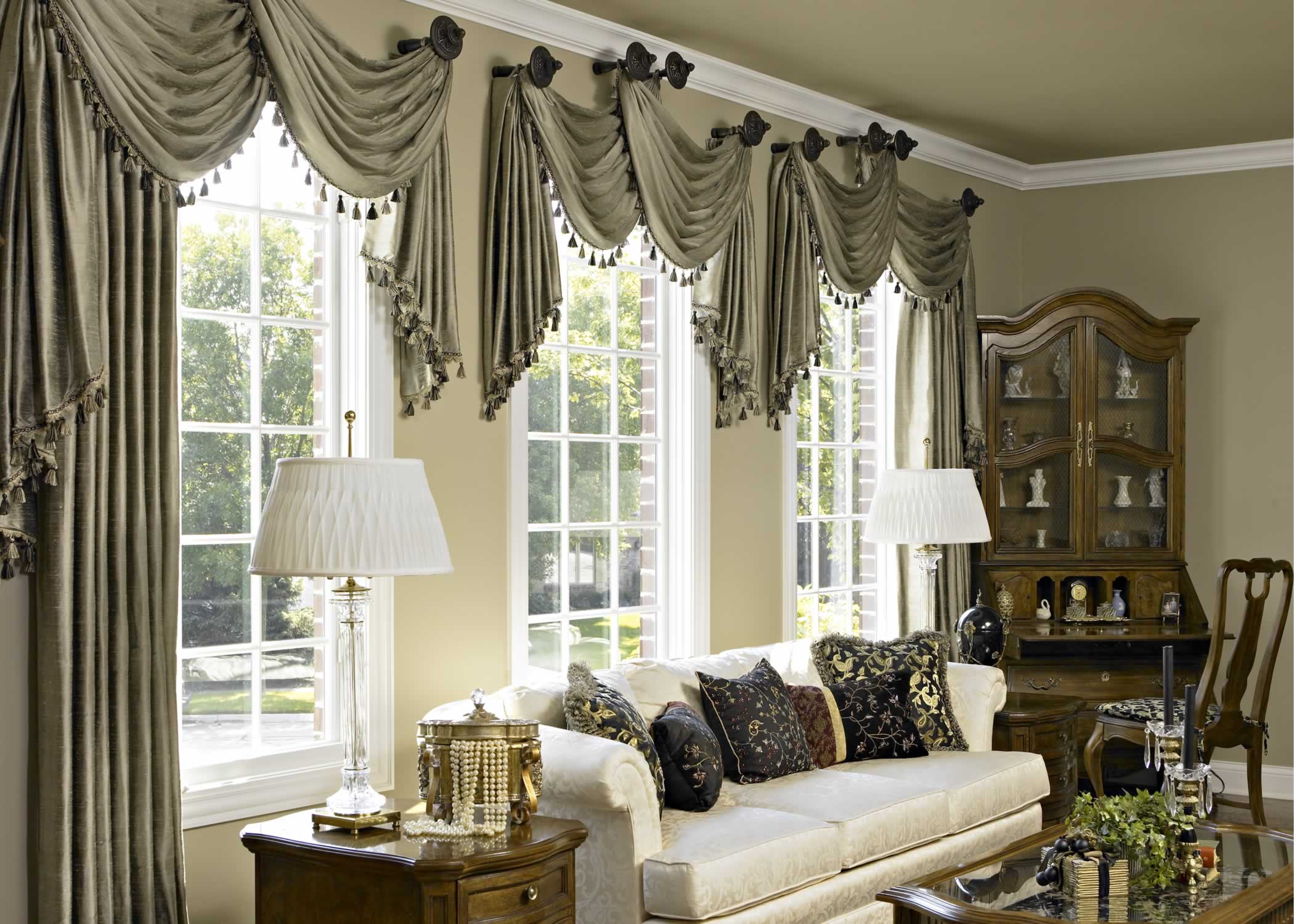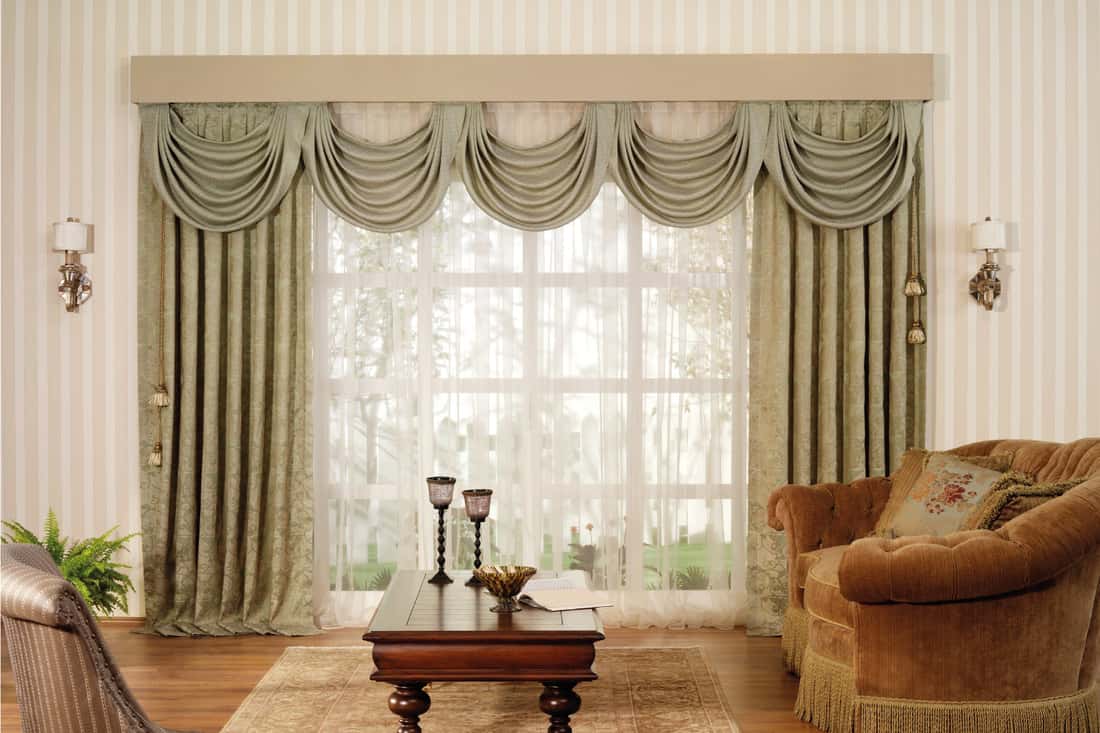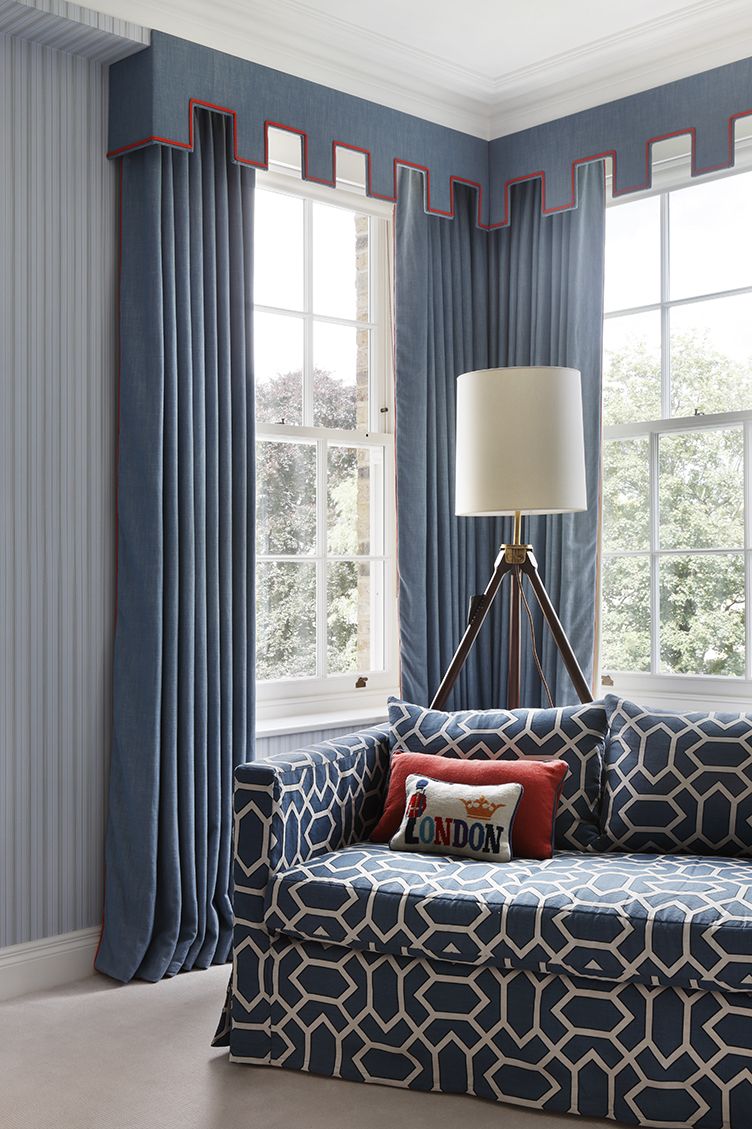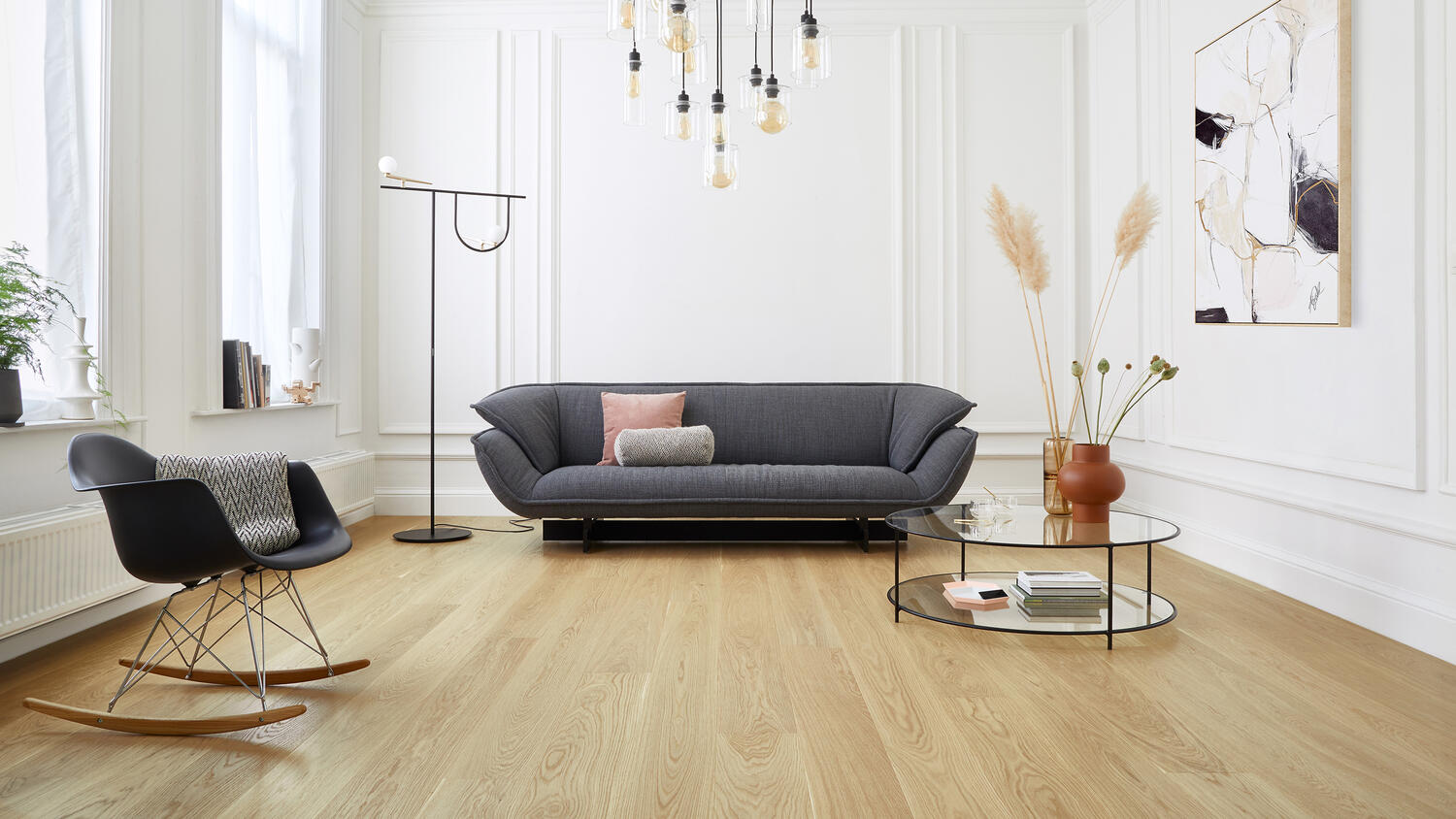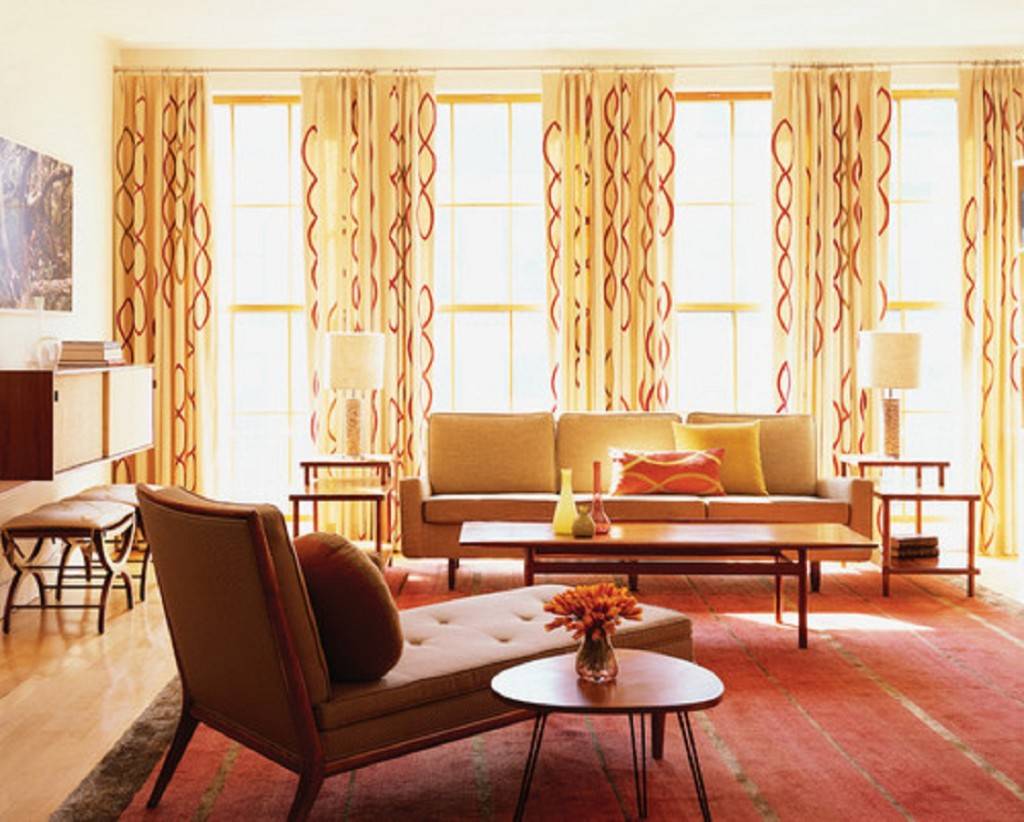Living room drapes are an essential element in any home decor. They not only add style and elegance to a room, but they also serve practical purposes like blocking out light and providing privacy. One question that often arises when it comes to choosing the right drapes is whether they should touch the floor or not. In this article, we will explore the pros and cons of having living room drapes that touch the floor and help you decide what works best for your space.
Can Living Room Drapes Touch The Floor?
The answer to this question is not a simple yes or no. It depends on several factors, such as the type of drapes, the style of the room, and personal preference. Let's take a closer look at the pros and cons of having living room drapes that touch the floor.
Living Room Drapes Touching Floor: Yes or No?
1. Luxurious and Elegant Look
Pros of Having Floor-Touching Drapes
Having drapes that touch the floor can instantly make a room look more luxurious and elegant. Floor-length drapes create a sense of height and add drama to a space. They also give a room a more complete and finished look.
2. Conceal Imperfections
If your living room has an unsightly window frame or uneven flooring, floor-touching drapes can help conceal these imperfections and make the room look more polished.
3. Better Light Control
Floor-length drapes provide better light control than shorter ones. They can effectively block out light from entering the room, especially if they are made from thick and heavy fabrics.
4. Create a Cozy Atmosphere
Drapes that touch the floor can create a cozy and intimate atmosphere in a room, making it perfect for relaxing or spending quality time with loved ones.
5. Illusion of More Space
Floor-length drapes can create the illusion of more space in a room, making it appear larger and more open. This is especially useful for small living rooms, as it can make them feel more spacious and airy.
1. High Maintenance
Cons of Having Floor-Touching Drapes
Floor-length drapes require more maintenance compared to shorter ones. They are more likely to gather dust and dirt, especially if they touch the floor. This means more frequent washing or dry cleaning, which can be time-consuming and expensive.
2. Can Be Hazardous for Small Children and Pets
Drapes that touch the floor can be hazardous for small children and pets. They can easily get tangled in the fabric, which can lead to accidents.
3. Not Ideal for High-Traffic Areas
If your living room has a high foot traffic, having floor-touching drapes may not be the best idea. People walking in and out of the room can easily step on the fabric, causing it to get dirty or damaged.
4. Limited Options
Having drapes that touch the floor can limit your options when it comes to furniture placement. You may have to avoid placing furniture near the windows, as it can obstruct the drapes from fully closing.
5. More Expensive
Floor-length drapes are generally more expensive than shorter ones due to the extra fabric needed. This can be a significant factor to consider if you're on a budget.
If you've decided that floor-touching drapes are the way to go for your living room, here are some tips to help you achieve the perfect look:
1. Measure Correctly
How to Achieve the Perfect Floor-Touching Look
Accurate measurements are crucial when it comes to achieving the perfect floor-touching look. Your drapes should be long enough to touch the floor without dragging or pooling.
2. Invest in Quality Fabric
To avoid the high maintenance and limited options of floor-touching drapes, invest in quality fabric that is easy to maintain and will last for a long time.
3. Use Curtain Weights
Curtain weights can help keep your drapes in place and prevent them from getting tangled or blown around by the wind.
4. Get Custom-Made Drapes
If you have an irregularly shaped window or want a specific length for your drapes, consider getting them custom made to ensure a perfect fit and look.
5. Consider Alternative Lengths
If you're still unsure about having drapes that touch the floor, you can consider alternative lengths such as just grazing the floor or stopping at the window sill. This can still achieve a similar look without some of the drawbacks mentioned above.
In the end, whether or not living room drapes should touch the floor is a matter of personal preference. It ultimately depends on the style of your room, your lifestyle, and your budget. Consider the pros and cons mentioned above to help you make an informed decision. And remember, whether you choose to have floor-touching drapes or not, the most important thing is that you love the look and feel of your living room.
Conclusion
Why the Length of Your Living Room Drapes Matter

The Importance of Properly-Sized Drapes
 When it comes to designing your living room, every detail matters. From the furniture to the décor, each element plays a crucial role in creating a cohesive and inviting space. One aspect that is often overlooked is the length of your
living room drapes
. Many people wonder whether their drapes should touch the floor or if they should hang just above it. While there is no right or wrong answer, it's important to understand the impact that your drapes' length can have on the overall look and feel of your living room.
When it comes to designing your living room, every detail matters. From the furniture to the décor, each element plays a crucial role in creating a cohesive and inviting space. One aspect that is often overlooked is the length of your
living room drapes
. Many people wonder whether their drapes should touch the floor or if they should hang just above it. While there is no right or wrong answer, it's important to understand the impact that your drapes' length can have on the overall look and feel of your living room.
The Case for Floor-Length Drapes
 Living room drapes that touch the floor
can add a touch of elegance and sophistication to any space. They create a sense of height and drama, making the room feel larger and more grandiose. Floor-length drapes are also a great way to draw the eye downwards, creating a visual flow and directing attention to other design elements in the room. Additionally, these drapes can help to block out light and provide privacy, making them a practical choice for living rooms.
Living room drapes that touch the floor
can add a touch of elegance and sophistication to any space. They create a sense of height and drama, making the room feel larger and more grandiose. Floor-length drapes are also a great way to draw the eye downwards, creating a visual flow and directing attention to other design elements in the room. Additionally, these drapes can help to block out light and provide privacy, making them a practical choice for living rooms.
The Benefits of Shorter Drapes
 On the other hand,
living room drapes that do not touch the floor
can also have their advantages. For smaller living rooms, shorter drapes can make the space feel more open and less cluttered. They can also be a practical choice for families with young children or pets, as they are less likely to get dirty or damaged when they don't touch the floor. Additionally, shorter drapes can be a great way to highlight unique flooring or furniture legs, adding an extra element of design to the room.
On the other hand,
living room drapes that do not touch the floor
can also have their advantages. For smaller living rooms, shorter drapes can make the space feel more open and less cluttered. They can also be a practical choice for families with young children or pets, as they are less likely to get dirty or damaged when they don't touch the floor. Additionally, shorter drapes can be a great way to highlight unique flooring or furniture legs, adding an extra element of design to the room.
Consider Your Personal Style
 Ultimately, the decision of whether your drapes should touch the floor or not comes down to personal preference and the overall style of your living room. If you prefer a more traditional and formal look, floor-length drapes may be the way to go. However, if your style is more modern and minimalistic, shorter drapes may suit your space better. It's important to choose drapes that not only fit your personal style but also complement the other design elements in your living room.
Ultimately, the decision of whether your drapes should touch the floor or not comes down to personal preference and the overall style of your living room. If you prefer a more traditional and formal look, floor-length drapes may be the way to go. However, if your style is more modern and minimalistic, shorter drapes may suit your space better. It's important to choose drapes that not only fit your personal style but also complement the other design elements in your living room.
In Conclusion
 The length of your living room drapes may seem like a minor detail, but it can have a significant impact on the overall look and feel of your space. Consider the style and function of your living room, as well as your personal preference, when deciding on the length of your drapes. Whichever length you choose, make sure your drapes are properly measured and hang evenly to create a polished and put-together look in your living room.
The length of your living room drapes may seem like a minor detail, but it can have a significant impact on the overall look and feel of your space. Consider the style and function of your living room, as well as your personal preference, when deciding on the length of your drapes. Whichever length you choose, make sure your drapes are properly measured and hang evenly to create a polished and put-together look in your living room.


